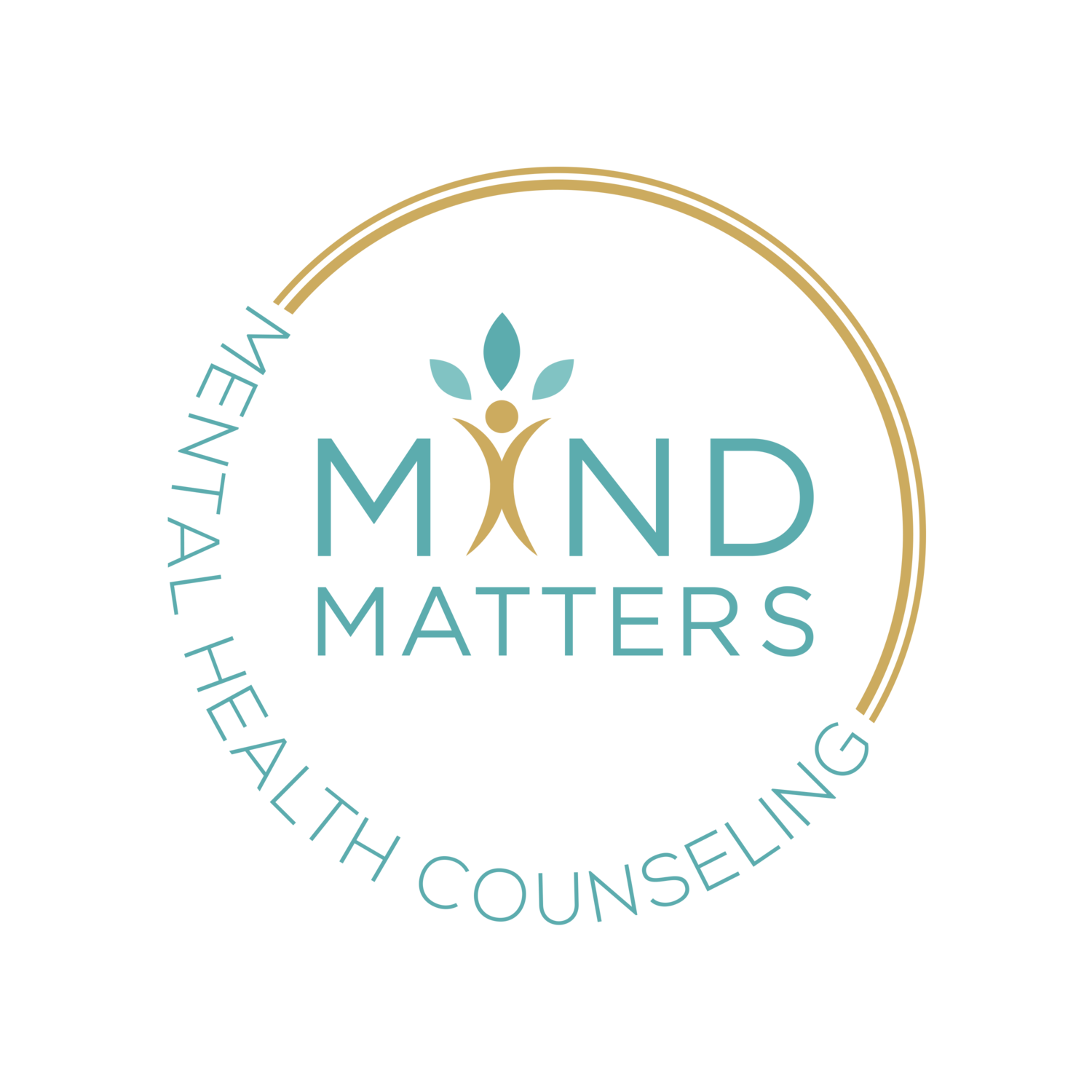CPT & EMDR: What’s the difference between these two trauma therapies?
A common question from those interested in trauma therapy is:
“What’s the best type of treatment that can help me?”
There are several types of effective trauma therapies, but I specifically am trained in Eye Movement Desensitization and Reprocessing (EMDR) and Cognitive Processing Therapy (CPT).
In this post, I discuss some of the main differences between these two types of treatment to help you decide which one seems like a better fit for you.
EMDR is primarily known as trauma therapy but is used to treat other issues as well. CPT is only used for the treatment of Post-Traumatic Stress Disorder (PTSD).
EMDR is a type of treatment that enables you to heal from the symptoms and emotional distress associated with traumatic and negative life experiences. It’s an effective therapy that can help people struggling with a variety of issues including but not limited to, complex trauma, PTSD, anxiety, panic attacks, chronic illness, and low self-esteem.
CPT is an effective type of trauma treatment specifically for PTSD. Before determining if CPT is an appropriate treatment for you, a thorough PTSD assessment is necessary.
CPT focuses more on an individual’s thoughts about the trauma rather than the trauma memory. EMDR focuses on the worst parts of the trauma memory.
Although in CPT treatment, there is some focus on the actual trauma memory, CPT is more about your thoughts about the trauma. CPT teaches skills to analyze and challenge negative thoughts related to the experienced trauma. These skills will help you decide whether there are more helpful ways to think about your trauma and whether factual information about the trauma actually supports your thoughts or not. Throughout your treatment, you will decide whether it makes sense to take a new perspective about what happened to you.
EMDR focuses on the worst parts of the trauma memories with bilateral stimulation. Throughout an EMDR processing session, there will be brief moments of exposure to the trauma memory combined with the eye movements which help make the process more tolerable. However, you get to choose how much detail of the trauma memory you want to disclose to your therapist. While EMDR also focuses on your negative thoughts about yourself as a result of the trauma, EMDR is not primarily a cognitive treatment as CPT is. EMDR helps to connect your mind and body by connecting your thoughts to your body sensations and tensions. This treatment helps get both your brain and body on the same page.
CPT involves homework while EMDR doesn’t.
CPT involves weekly homework assignments designed to practice the skills that you will be learning in sessions. Completing these assignments is a big part of the treatment, the most important part in fact! Most people find that the more effort and energy they put into it, the more they get out of it.
EMDR doesn’t involve homework assignments but even though I wouldn’t call it homework per say, I strongly advise anyone in any type of trauma treatment to practice self-care and self-compassion.
CPT is typically 12 sessions while the length of EMDR treatment is dependent on various factors.
On average, CPT will consist of 12 sessions, meaning that if done once a week, your PTSD symptoms will have improved in just 3 months! There is no specific time frame for EMDR as some people can report a drastic improvement in just a few sessions, while others may need to be in treatment longer. The type of problem, life circumstances, and the amount of previous trauma will determine how many EMDR sessions are necessary.
These are just some of the basic differences between CPT and EMDR. Ultimately, patient preference is critical in decision making so make sure to discuss with your therapist your goals for therapy and together you can decide what works best for you!
BEGINNING THERAPY IN SCARSDALE, NY
Taking time for your mental health is key to overall wellbeing, especially as a young adult or working professional. Let’s get you feeling good so you can keep doing amazing things for the world! To begin counseling in my Westchester counseling office, follow these simple steps:
Click the button below to schedule our first session.
Meet with me, Dr. Minerva Guerrero, a professional and experienced therapist.
Begin to feel more peace and less worry about your life!
I want to be sure you are comfortable with this process from start to finish. If you still have insurance and procedural questions after reading this website, I am happy to schedule a free, 15-minute consultation first.
MORE THERAPY SERVICES IN WESTCHESTER, NY
From my Scarsdale therapy practice, I want to help you feel more comfortable, confident and connected to others. This is why I also provide therapy for teens, therapy for adults, trauma therapy, therapy for anxiety, and specialized techniques such as EMDR, Cognitive Behavioral Therapy and Cognitive Processing Therapy. If you want to explore these options further, let’s connect!



